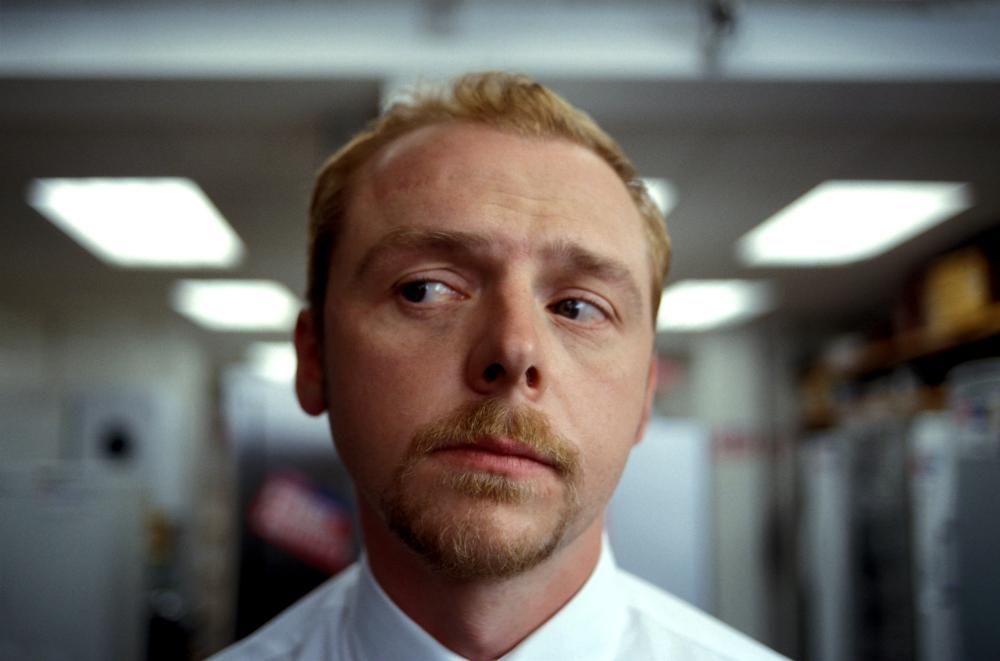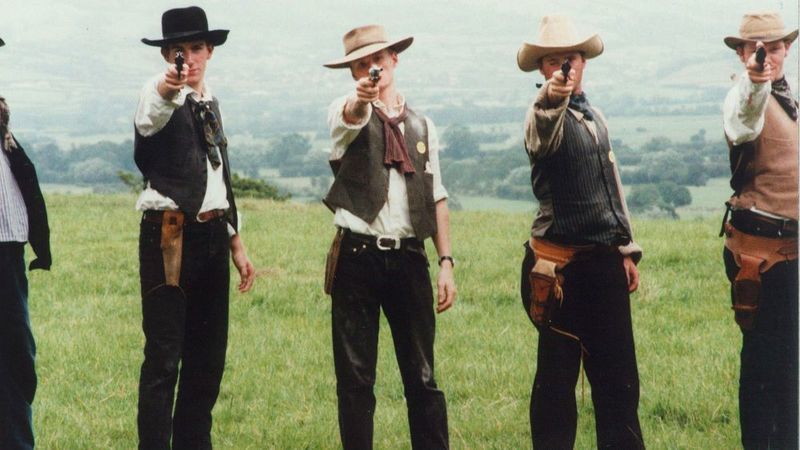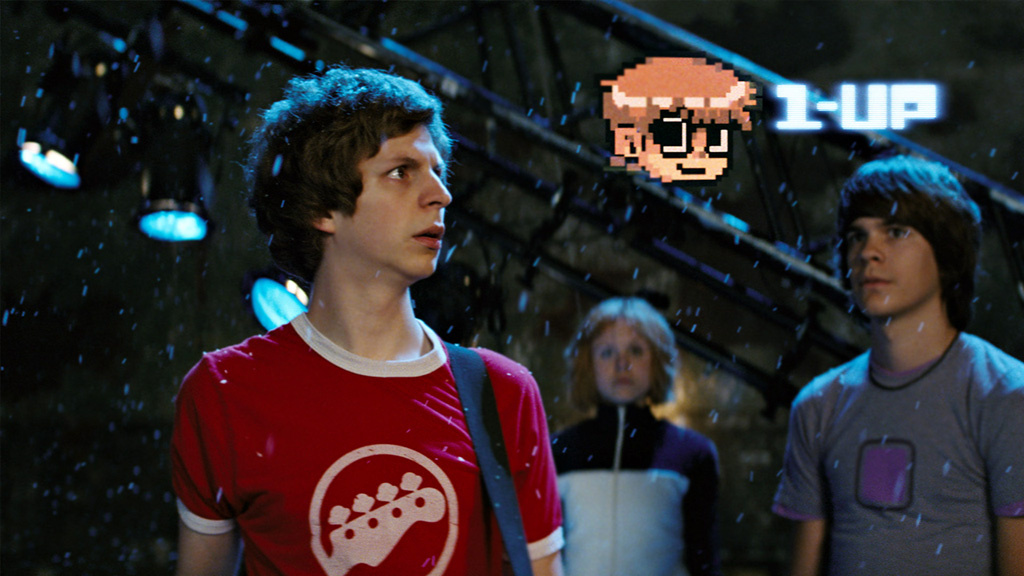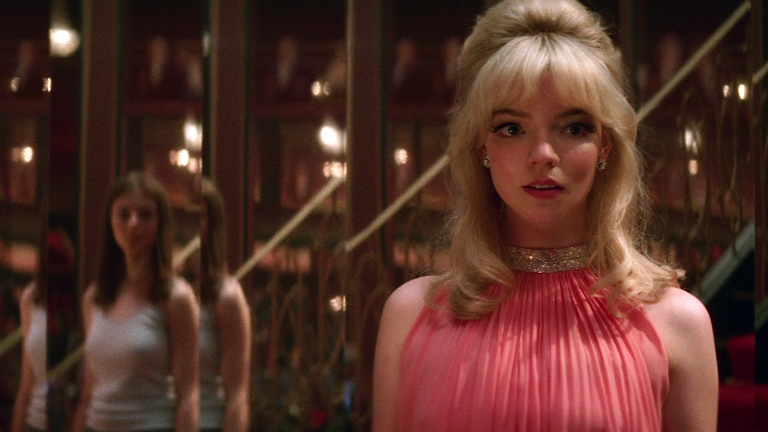
For better or worse, there’s nothing quite like an Edgar Wright movie. Ever since we were introduced to the heroic duo of misfits in Shaun of the Dead, the British director has made a career out of subverting and unapologetically poking fun at every film trope there is. Zombie slashers, teen rom-coms, buddy-cop spoofs and high-octane action flicks… To understand Edgar Wright’s work is to forego any hope of labelling it under any conventional fashion. Whatever genre you throw at him, he proceeds to dissect it and completely turn it on its head. His chameleonic body of work proves there’s only one thing he’s bound to—his own, irreverent style.
Throughout his seven-film career, Wright has made a name for himself as the king of puns and self-awareness, a champion of nerds and oddballs alike, not to mention one of the most consistently brilliant directors in the industry. In a sea of uninspired studio releases that indulge on the same clichés over and over again, his films stand out as a much-needed antidote—easily accessible to be wholly enjoyed at a surface level but still layered enough to withstand repeated viewings.
Although there’s no doubt the filmmaker still has great things in store for us, what better timing than now to go through all of his feature films while we’re still hot on the heels of his latest hit—the time-shifting nail-bitter Last Night in Soho. With no further ado, here are Edgar Wright’s seven films to date, ranked.
7. A Fistful of Fingers (1995)

Kicking things off we turn to Wright’s debut, an amateurish spaghetti western riff made on a shoestring budget ($15,000). Even though Edgar’s heart is in the right place, praising this half-baked student film would be the cinematic equivalent of complimenting your toddler’s scribbles because “he tried”. Sure, there are some clever nods to Sergio Leone’s genre films that show us a glimpse of what’s to come in the far superior Cornetto Trilogy. But barring some witty word play and occasional gag that hits, A Fistful of Fingers is a total misfire that’s a chore to sit through.
The only encouraging thing any aspiring filmmaker could get out of this hot mess is the quantum leap in quality Wright showed in his following projects, proving it’s more than possible to overcome false starts. All things considered, unless you’re a hardcore completionist of his work, definitely steer clear of this one.
6. Scott Pilgrim vs. the World (2010)

Arguably no current director makes more out of sheer camerawork than Edgar Wright. What sets him apart from every run-of-the-mill comedy filmmaker out there is the way he never settles for dull, static framing in any of his idiosyncratic stories. For him, humor does not only come in the form of dialogue but in the way it’s presented to the audience. Throughout his career, Wright has always found an inventive way of shooting even the most mundane scene imaginable in a way that feels refreshing and exciting.
When it comes to visual storytelling, he’s yet to reach the same heights of this video game-themed extravaganza. Adapted from a graphic novel, Scott Pilgrim is a relentless sensory overload where the director seems to pull every trick up his sleeve—every whip-pan, zoom-in and transition is charged with purpose.
The film perfectly plays to his penchant for pop culture references and snappy dialogue and wears its eccentric nerdiness as a badge of honor. Though it rightfully deserves its place as a cult classic, it’s also a glaring example of Wright’s own limitations when writing female characters—in this case by falling into the classic Manic Pixie Dream Girl trope. Also, the fact that the titular character is made out to be deliberately insufferable doesn’t make his obnoxious behavior any easier to stomach.
As an experiment on visual style, Scott Pilgrim is an exhilarating affair, but one that never truly outgrows its self-indulgence.
5. Last Night in Soho (2021)

Edgar Wright’s latest endeavor has grown out to be his most divisive one to date. Expectations were through the roof for him to deliver yet another instant classic, especially after word got out that the director planned to return to his homeland to make his own Giallo-inspired thriller in London.
Nostalgia is the driving force behind the whole movie, particularly for young Eloise, an aspiring fashion designer completely obsessed with the swinging ’60s. Her only relief as she struggles to settle down comes in her sleep, where she travels back in time to relive that long-lost era through the eyes of a dazzling nightclub singer. Her tragic story serves as a cautionary tale about the dangers of clinging to the past and looking at it through rose-tinted glasses.
In terms of production design and attention to detail, this is arguably Edgar Wright’s most accomplished film. It’s a shame then that its promising premise is derailed and gone to waste by tone-deaf execution. Wright certainly aims high and masterfully plays his cards close to his chest, putting us viewers at a constant state of paranoia where reality and dream seems to blur together. However, the film drops the ball during the second half by undermining its very core—that is, women’s trauma and abuse—with a gimmicky twist for the sake of it.